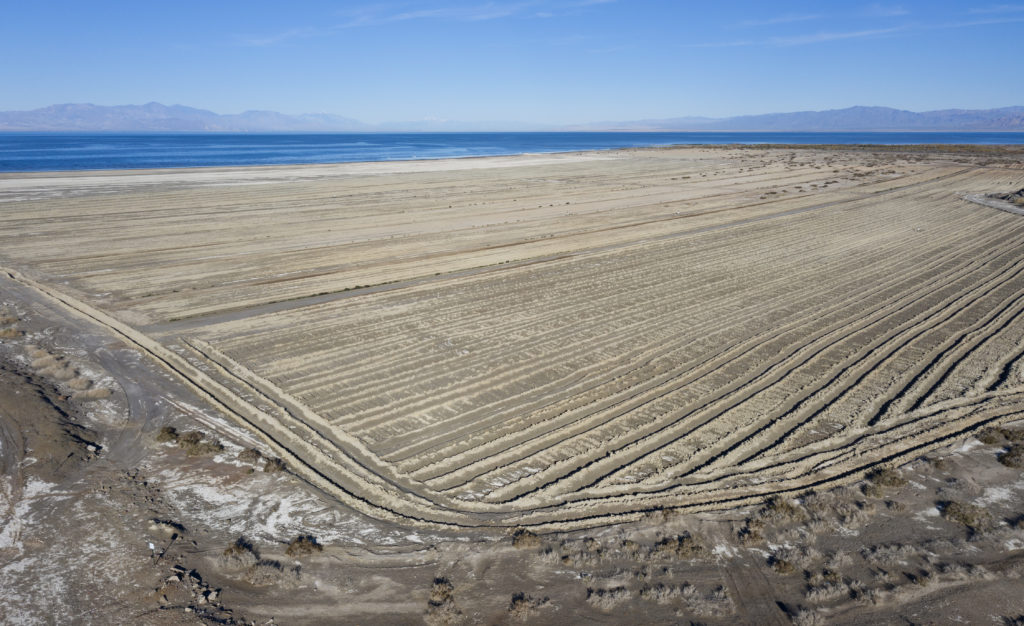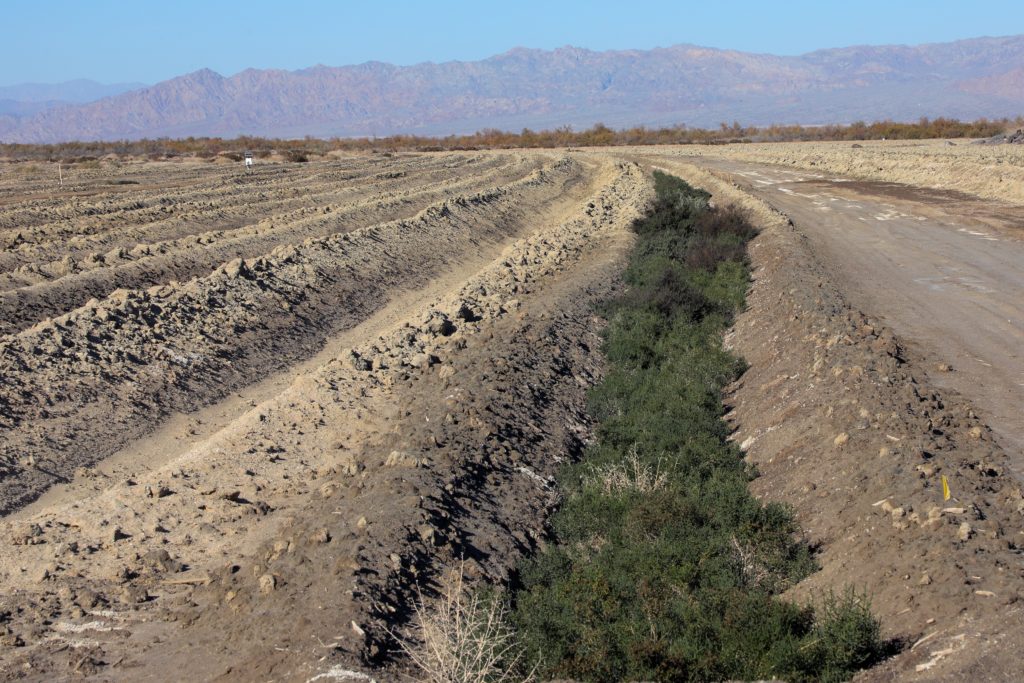
The State Water Resources Control Board (SWRCB) voiced support during a workshop held Aug. 19 for the most recent steps taken by the California Natural Resources Agency (CNRA) to implement the first phase of the Salton Sea Management Plan (SSMP). The workshop, held virtually and delayed for several months due to the COVID-19 pandemic, was one in an annual series of meetings on the sea held by the SWRCB, which has oversight under the 2017 Stipulated Order (Revised Water Order 2017-0134) over the state’s Salton Sea restoration efforts. (The Stipulated Order calls for 30,000 acres of habitat and dust suppression projects by 2028 with annual milestones). While the SWRCB recognized the SSMP to date has not met its annual milestones for implementing both habitat and dust control measures and recognized the frustration that has caused, they said the most recent activity indicates a corner has been turned. They further said the fact Gov. Newsom’s administration provided funding for projects at the sea this year despite the economic downtown caused by the Coronavirus shows a new commitment on the part of the state to address the sea.

The workshop began with an address from CNRA Secretary Wade Crowfoot who referred to the sea’s issues as “generational and decadal”. He further acknowledged, “The state is coming from behind in stabilizing the sea. This is a priority too long delayed.” Then Crowfoot—along with Arturo Delgado, assistant secretary of Salton Sea policy for CNRA—laid out the progress toward implementing the SSMP ten-year phase one plan. That progress includes:
- Hiring Kiewit Infrastructure West Inc. to carry out the design/build control for Species Conservation Habitat, a nearly 4,000-acre project to build ponds for fish habitat in the southern corner of the sea. That project is expected to break ground before the end of the year.
- Creating ten new positions dedicated to the SSMP, most of which will be based a field office the state plans to locate at its Wister Wildlife Area facilities in Imperial Valley near.
- The completion of 112 acres of dust suppression projects with some 7,000 acres of projects to be done by December 2021, much of which along the southern end of the sea.
- Development of a North Lake project in Riverside County, which could be the first step toward a perimeter lake structure for the Salton Sea—a ring of water around the sea that would protect the shoreline and communities.
- The signing of a Memorandum of Understanding between the state and Imperial County for the development of a project in the Desert Shores community.
- The signing of a Memorandum of Understanding between the state and Salton Sea Authority to work more collaboratively on projects.
- The development of a programmatic environmental review document that would cover all projects related to the ten-year plan as a way to expedite projects.
- Working toward a long-term plan that includes the hiring of a consultant to review the concept of water importation. The long-term plan is expected by 2022.
While the developments touted by Secretary Crowfoot and Assistant Secretary Delgado were largely praised both by the SWRCB and stakeholders, concern was still expressed by many. Members of the SWRCB asked that during the next presentation, CNRA provide additional information on the permitting processes involved and how that could impact forward momentum on projects. There was also concern expressed that to date the only acreage completed by the SSMP is the first 112 acres of dust suppression while there is some 35,000 acres of exposed playa. CNRA officials responded that through implementation of dust suppression projects, the state does plan to get caught up on its annual acreage milestones, identified in the 2017 Stipulated Order approved by the SWRCB. Representatives of the SWRCB also asked that CNRA further develop an intermediate plan on how CNRA meets the full 30,000 acre objective of the SSMP’s Phase One beyond the current list of projects.

Imperial County officials also presented during the workshop, calling on the state to not only implement projects but to ensure there is monitoring of such projects to ensure they achieve their goals. Further, Imperial County Supervisor Ryan Kelley asked that the SWRCB support Imperial County in its efforts to bring more geothermal and lithium development to the Salton Sea as ways to both bolster the local economy and help address exposed playa at the sea.
Tina Shields, Imperial Irrigation District (IID) Water Department Manager, presented on the mitigation projects IID—as part of a Quantification Settlement Agreement Joint Powers Authority, made up of IID, the San Diego County Water Authority, Coachella Valley Water District and the state—has been implementing at the sea. Under IID’s lead, the Salton Sea Air Quality Mitigation Program, a science driven program to address the areas determined to be most emissive, has completed more than 2,000 acres of dust suppression projects to date and another 7,000 acres of projects in planning phases. Those projects, complimentary to CNRA’s dust suppression efforts, have largely included ground roughening and vegetation enhancement. During the workshop, Kelly Rodgers, Colorado River Program Director for the San Diego County Water Authority, said while the mitigation program is separate from the state’s restoration program, the two efforts can work hand in hand.
One key message during the workshop was that while there does appear to be progress at the sea, and new commitment by the state to prioritize the sea, all stakeholders must remain involved and vigilant to ensure projects get done and that the communities around the sea are protected. Stay tuned to this blog for more information on the SSMP and mitigation efforts as they move forward.
